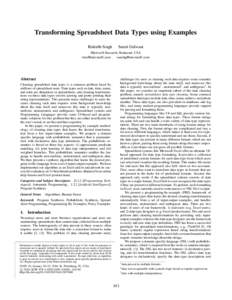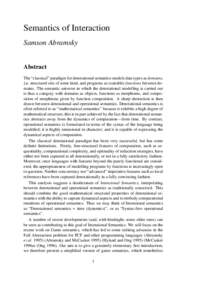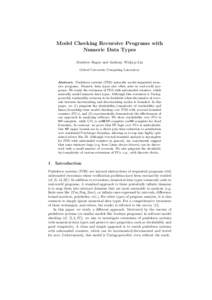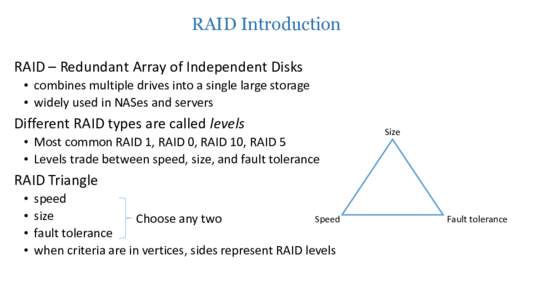<--- Back to Details
| First Page | Document Content | |
|---|---|---|
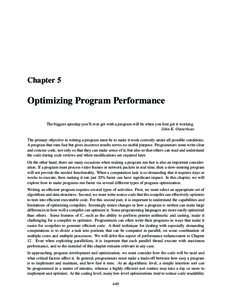 Date: 2010-02-14 14:17:24Software engineering Computing Compiler optimizations Software Compiler construction Programming language implementation Program analysis Data types Optimizing compiler Program optimization Compiler Loop unrolling |
Add to Reading List |
 Chapter 5 Optimizing Program Performance The biggest speedup you’ll ever get with a program will be when you first get it working. John K. Ousterhout The primary objective in writing a program must be to make it work
Chapter 5 Optimizing Program Performance The biggest speedup you’ll ever get with a program will be when you first get it working. John K. Ousterhout The primary objective in writing a program must be to make it work 